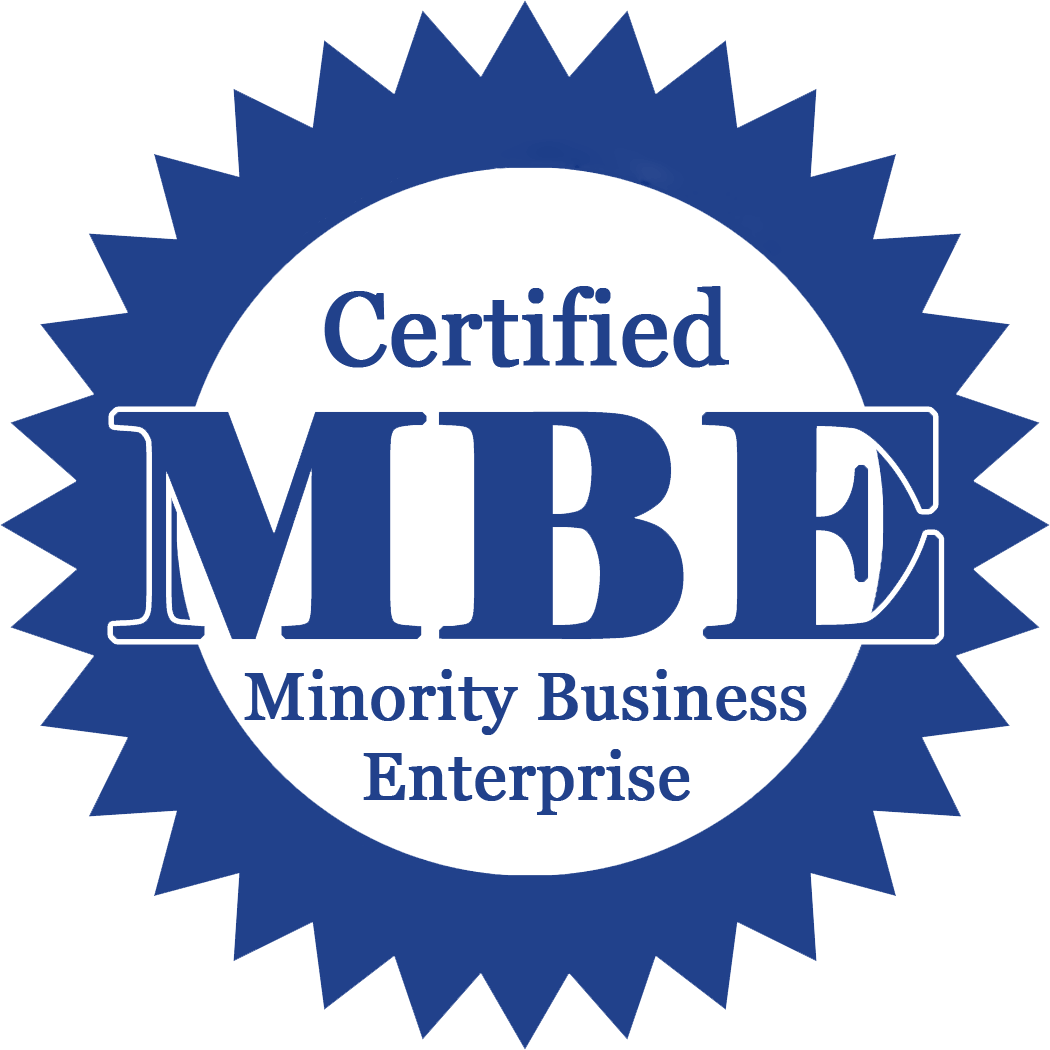This survey is conducted as part of the Doctorate in Business Administration program. The survey will evaluate the factors influencing outsourcing success in Malaysian Companies.
Outsourcing involves the process of transferring the responsibility for a specific business function from an employee group to a non-employee group (Zhu, Hsu and Lillie, 2001). Outsourcing can be defined as the purchasing of goods and/or services that were previously carried out internally or can be done internally from a supplier or several suppliers (Lankford and Parsa, 1999; McIvor, 2005). Outsourcing may involve the transfer of both physical assets and employees to the outsourcing providers (Lankford and Parsa, 1999; McIvor, 2005).
Most firms often operate with limited resources and capabilities. The firms must learn to make the most with the limited resources and capabilities (Hamel and Prahalad, 1989). Outsourcing provides a way for the managers to grow their firms by obtaining the needed resources from external suppliers and/or partners (Quinn, 2000; McIvor, 2005). Instead of doing everything internally, firms may opt to source the needed goods and/or services from outside.
The various large multi billion dollar outsourcing deals emphasize the significance of outsourcing in business environment. For example, the top 1000 outsourcing deals in 2000 accounted for contract expenditures of almost US$56 billion (Kakabadse and Kakabadse, 2005). Globally, IT outsourcing revenues are predicted to grow from US$154 billion to over US$200 billion between 2002 and 2005 (Wilcocks, Hindle, Feeny and Lacity, 2004).
The capabilities of a firm must include control over or access to complementary assets and activities that would enable them to innovate, and to profit from the innovations (Nelson, 1991). The ability to control and make the most of critical capabilities whether or not they reside within the firm, is more important than the ownership of the capabilities (Gottfredson, Puryear and Phillips, 2005). Outsourcing provides strategic options for the firms to address the challenges of operating and growing given the limitations of their resources and capabilities (Gottfredson et al., 2005).
Outsourcing decisions involve decision making on the boundary of a firm (Barney, 1999). The opposite of outsourcing is insourcing or using hierarchical governance or vertical integration to produce the needed goods and/or services. According to the Transaction Cost Theory, the boundary of a firm is decided by the cost effectiveness of the activity (Coase, 1937; Williamson, 1981). An activity is likely to be done internally and managed by using hierarchical governance if it is more economically beneficial than if the activity is sourced externally and managed by using market governance (Coase, 1937; Barney, 1999). Although the transaction cost theory manages to define the factors that influence the cost of transactions, the theory does not provide consideration on the firm�s capabilities in deciding whether to use market, intermediate or hierarchical governance.
The resource-based view theory provides a perspective on the influence of organizational capability on the boundary of a firm (Barney, 1999). The theory suggests that a firm is a bundle of resources and its sustainable competitive advantage can be achieved by having resources that are valuable, rare, imperfectly imitable, and non-substitutable (Barney, 1991). However, several conditions need to exist to sustain competitive advantage: (1) resource heterogeneity, (2) ex post limits to competition, (3) imperfect resource mobility, and (4) ex ante limits to competition (Peteraf, 1993).
An extension to the resource-based view theory is the dynamic capabilities theory (Teece, Pisano and Shuen, 1997). According to the theory, the competitive advantage of a firm rests on the dynamic capabilities of the firm which include the distinctive processes which are shaped by the firm�s specific asset positions, and the evolution paths it has adopted or inherited to build its asset positions (Teece et al., 1997).
Outsourcing provides an option for firms to support their growth by utilizing external resources for a wide range of activities. By orchestrating outsourcing with their internal and external activities diligently, firms would be able to grow with limited resources.
Survey Software Easy to use and accessible for everyone. Design, send and analyze online surveys.
Research Suite A suite of enterprise-grade research tools for market research professionals.
Customer Experience Experiences change the world. Deliver the best with our CX management software.
Employee Experience Create the best employee experience and act on real-time data from end to end.




